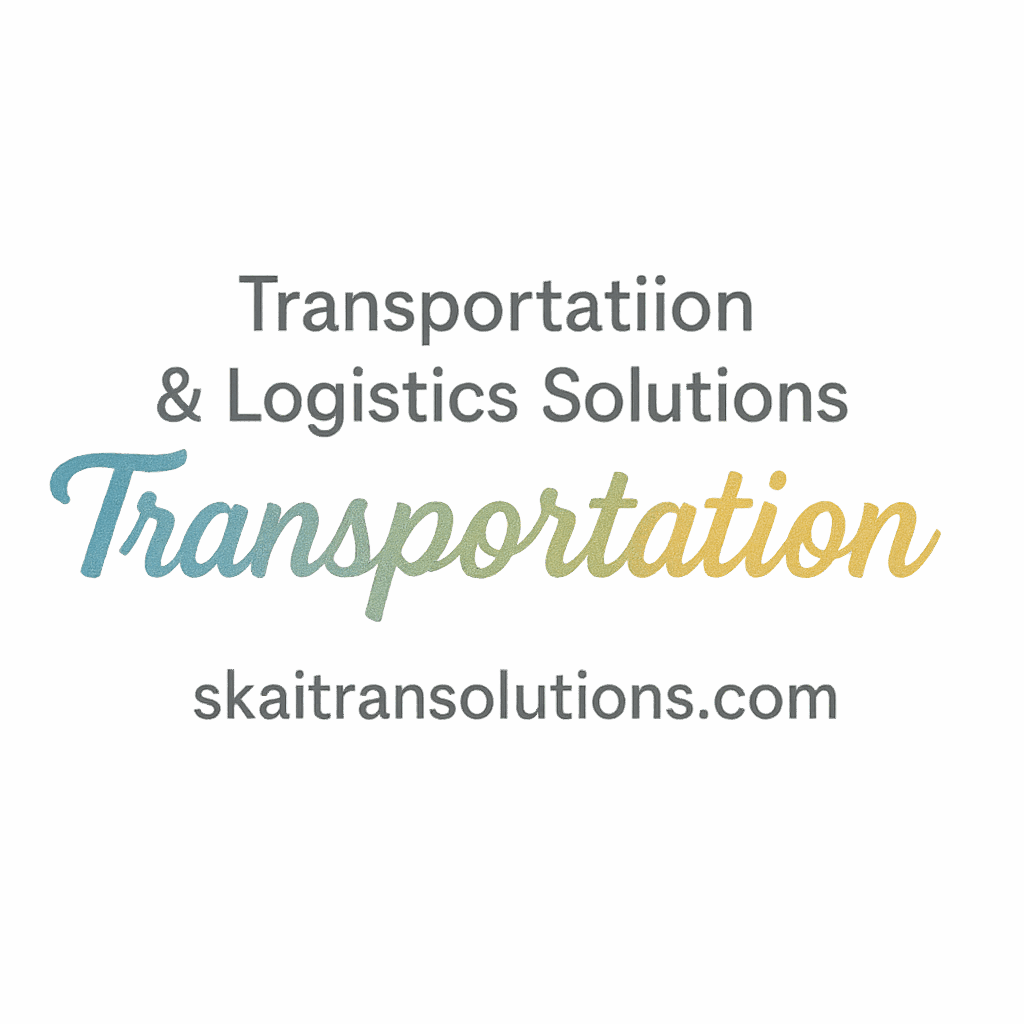Fuel—it’s not just a line item in your budget; it’s one of the biggest drains on your transportation business if not managed right. Whether you’re running a dozen delivery vans or a national freight operation, how you handle fuel consumption can make or break your profitability.
In this post, we’ll break down 7 essential fleet fuel management techniques you can use today to take back control over fuel expenses, improve efficiency, and ultimately drive better results across your transportation operation.
Why Fuel Management Matters in Fleet Operations
Let’s be real—fuel isn’t getting any cheaper. With rising costs, global supply chain challenges, and inflationary pressures, transportation businesses are under serious pressure to cut costs while maintaining service quality.
Effective fuel management helps you:
- Reduce operational costs
- Improve driver productivity
- Decrease environmental impact
- Extend vehicle life
And with solutions like those from SkaiTran Solutions, you can get expert insights and best practices tailored to your unique logistics needs.
Technique #1: Implement Telematics for Real-Time Fuel Tracking
How Telematics Impacts Fuel Efficiency
Telematics is a game-changer. It’s like having a GPS system, fuel monitor, and driver coach all rolled into one. With it, you get real-time data on:
- Engine idling time
- Sudden acceleration
- Braking habits
- Fuel consumption per trip
By identifying where fuel is being wasted, you can take immediate corrective action.
Choosing the Right Telematics System
Look for systems that integrate with your fleet management software. Bonus points if it includes autonomous features or can scale across your entire vehicle lineup. Don’t forget to check out transportation technology innovation for trends and updates.
Technique #2: Enforce Driver Behavior Programs
Fuel-Wasting Driver Habits to Watch Out For
Some drivers are naturally smooth operators, while others… not so much. Watch for:
- Excessive speeding
- Long idle times
- Hard braking
- Inconsistent throttle use
These habits can slash your fuel efficiency by up to 33%.
Rewarding Fuel-Efficient Driving
Consider gamifying fuel savings. Offer monthly rewards to drivers who demonstrate the best habits based on telematics data. It encourages accountability and creates a safety-first culture—something SkaiTran strongly advocates.
Technique #3: Optimize Route Planning with AI Tools
Benefits of Intelligent Routing Systems
Smart routing does more than save time. It:
- Reduces detours and traffic delays
- Cuts idle time in congested zones
- Increases fuel efficiency per mile
When paired with fuel analytics, route optimization can save up to 20% in fuel costs.
Integrating AI in Logistics Operations
AI-driven route planners consider traffic, weather, road closures, and delivery time windows—making your operations smoother. For more logistics intelligence, visit logistics & supply chain solutions.
Technique #4: Schedule Regular Preventive Maintenance
Maintenance and Fuel Efficiency: What’s the Link?
A poorly maintained engine is a thirsty engine. Bad fuel filters, worn tires, and dirty air intakes can tank your MPG (pun intended).
Regular check-ups ensure:
- Engine calibration
- Proper tire inflation
- Oil and filter quality
Key Maintenance Areas That Influence Fuel Use
Focus on:
- Fuel system cleaning
- Spark plugs and ignition system
- Transmission performance
Tie this into your operational best practices to ensure everything runs like clockwork.

Technique #5: Adopt Fuel Cards and Monitor Usage
How Fuel Cards Reduce Theft and Wastage
Fuel cards help reduce fraud, track spend, and limit unauthorized use. You can:
- Set purchase limits
- Monitor frequency and volume
- Match transactions to telematics data
They’re a must for compliance-focused fleets. Check out our compliance resources for even tighter fuel security.
Analyzing Fuel Reports for Better Decisions
Use the reports from your fuel card provider to identify anomalies. Are drivers filling up more often than usual? Are certain routes guzzling more fuel? Let the data guide you.
Technique #6: Use Alternative Fuels or Hybrid Vehicles
Transitioning to Greener Fleets
Going green isn’t just good PR—it’s smart business. Alternative fuels like CNG, biodiesel, and electricity can cut costs and reduce emissions.
If full-electric isn’t feasible, hybrid vehicles offer a great middle ground. Start small and scale based on ROI.
Cost-Benefit Analysis of Switching Fuels
Before switching, weigh:
- Fuel costs
- Infrastructure upgrades
- Maintenance needs
- Government incentives
For more on innovation in sustainable transport, head over to our latest insights.
Technique #7: Leverage Data and KPIs for Fuel Strategy
Key Fuel KPIs Every Fleet Manager Should Track
What you don’t measure, you can’t manage. Keep an eye on:
- Miles per gallon (MPG)
- Idle time per driver
- Cost per mile
- Fuel variance per route
These are powerful KPIs that help uncover patterns and fuel-wasting trends.
Using Data to Make Smarter Fuel Decisions
With data-backed decisions, you can:
- Choose better routes
- Select efficient vehicles
- Reassign drivers
- Adjust dispatch times
Use dashboards that bring together metrics, fuel performance, and driver behavior all in one place.
Aligning Fuel Management with Business Goals
Fuel efficiency isn’t just a fleet initiative—it’s a business strategy. When your fuel management supports profitability, sustainability, and customer experience, your transportation company becomes future-proof.
Tie your efforts back to coverage, customer satisfaction, and long-term scalability.
Final Thoughts on Fleet Fuel Management
Fleet fuel management is no longer optional—it’s essential. From leveraging tech to training drivers, each of these 7 techniques can unlock major savings and transform how your transportation business operates.
Don’t try to do it all at once. Start with one or two techniques, measure the results, and build from there. And for deeper insights into the transportation game, swing by SkaiTran Solutions for the latest in strategy, performance, and transportation industry updates.
FAQs
1. What’s the most effective way to reduce fuel costs in fleet management?
Using telematics and optimizing driver behavior together yields the most immediate and noticeable fuel savings.
2. How do fuel cards help in managing fuel expenses?
They track spending, reduce theft, and allow for detailed analysis of where and how fuel is used.
3. Can alternative fuels really lower operating costs?
Yes, especially when supported by infrastructure and if maintenance costs are lower in the long run.
4. How often should fleet maintenance be done to ensure fuel efficiency?
Follow manufacturer schedules, but inspect critical components like tires and filters monthly.
5. What role do drivers play in saving fuel?
A huge one! Their habits directly impact fuel usage. Training and incentives can make a big difference.
6. How does route optimization save fuel?
It reduces idle time, avoids traffic, and shortens delivery times—saving both time and gas.
7. Are there government incentives for switching to green fleets?
Yes! Many regions offer tax breaks, grants, or rebates for adopting electric or hybrid fleet vehicles.


